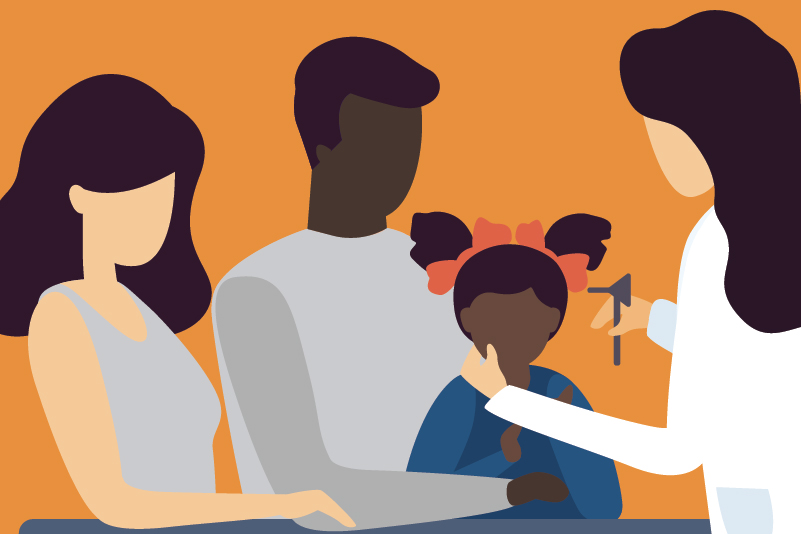#156 The louse is (no longer) in the house

Reading Tools for Practice Article can earn you MainPro+ Credits
Join NowAlready a CFPCLearn Member? Log in
- Dimeticone versus permethrin: Two Randomized Controlled Trials (RCTs):
- British RCT of 90 patients (age 2-45),1 4% dimeticone once or 1% permethrin twice (one week apart), found:
- More dimeticone patients lice free at day nine: 80% versus 36%, Number Needed to Treat (NNT)=3.
- Adverse events similar and none serious.
- Brazilian RCT of 145 children (age 5-15),2 two applications (one week apart) of 92% dimeticone or 1% permethrin found:
- More dimeticone patients lice free at day nine: 97% versus 68%, NNT=4.
- Adverse events: Two cases of ocular irritation from dimeticone.
- British RCT of 90 patients (age 2-45),1 4% dimeticone once or 1% permethrin twice (one week apart), found:
- Dimeticone versus malathion: One British RCT of 73 patients (age 1-48),3 two applications (one week apart) of 4% dimeticone or 0.5% malathion. Analysis (considering drop-outs to have lice) found:
- More dimeticone patients lice free at day nine: 70% versus 33%, NNT=3.
- Other European dimeticone RCTs found cure rates of 83-92%4 and 70% in patients predominantly with longstanding lice and previous failed treatments.5
- 99% of North American lice express genes associated with traditional pediculicide resistance.6
- Dimeticone is a silicone-based product that acts as an occlusive to suffocate lice.7
- Other occlusive agents like isopropyl myristrate also appear more effective than traditional pediculicides.8
- In one study <20% children with nits developed active lice.9
- Wet combing better than visual inspection for diagnosing lice.10
- Head lice primarily transmitted from head to head contact in play, sharing beds, and occasionally by sharing objects like hats, combs.11
- To decrease re-infestation: Wash clothes worn and linens used two days prior in hot water and dry with high heat. Put un-washable items in a sealed bag for two weeks.12,13
- Lice treatments: Cost ~$30 most covered by drug plans.14







Very good article. Clear. Practical.
Great article